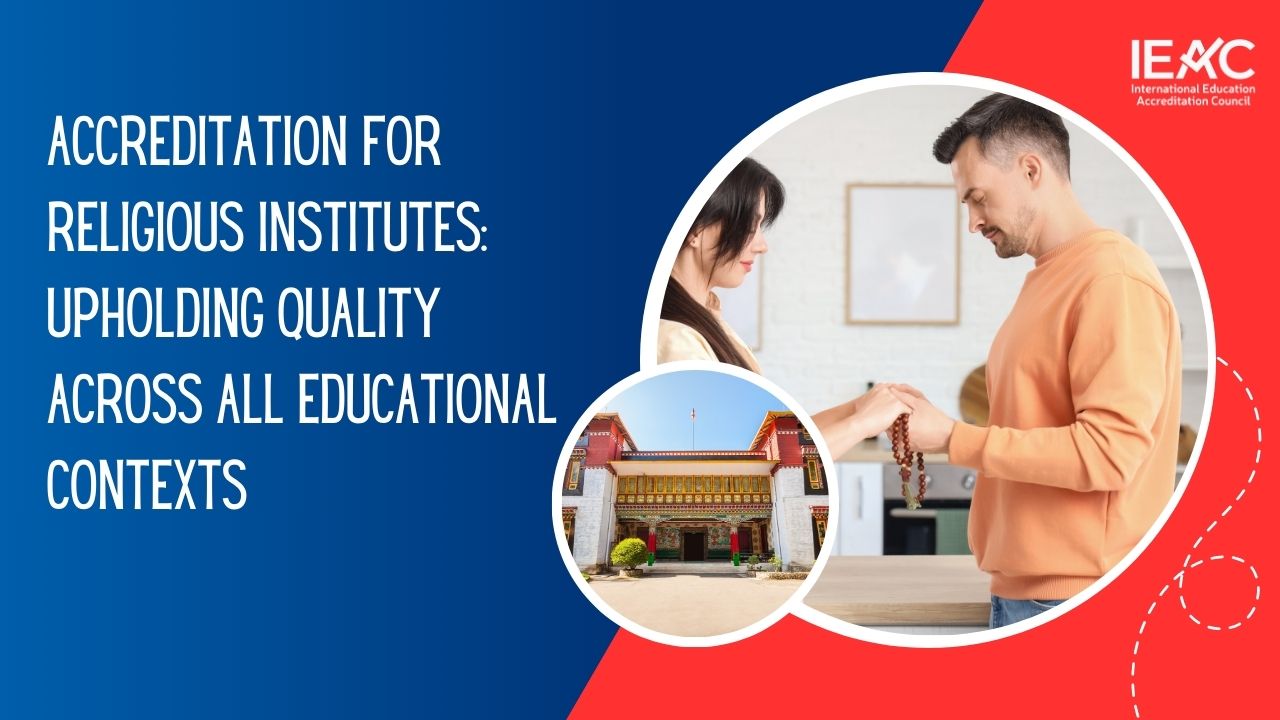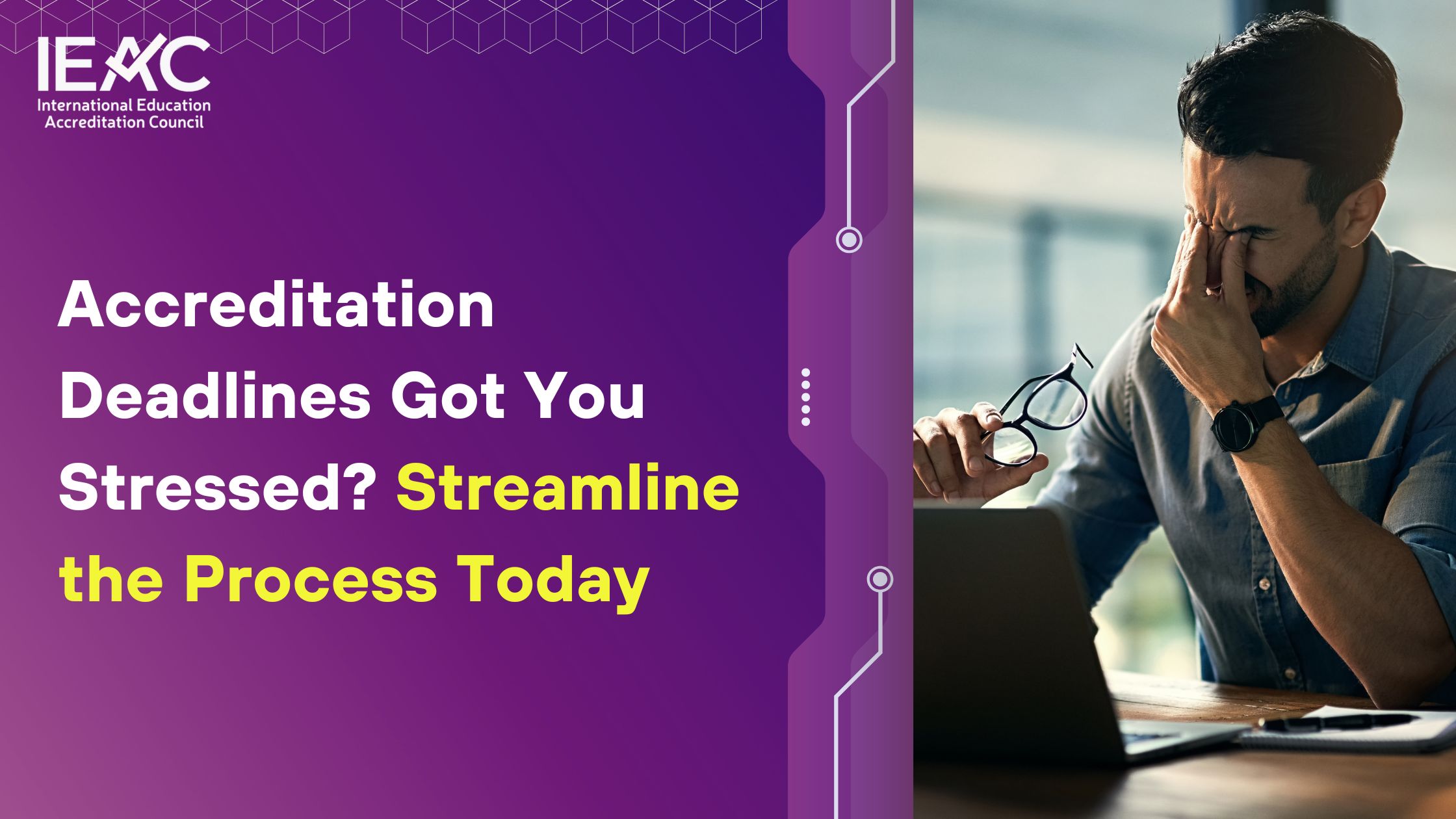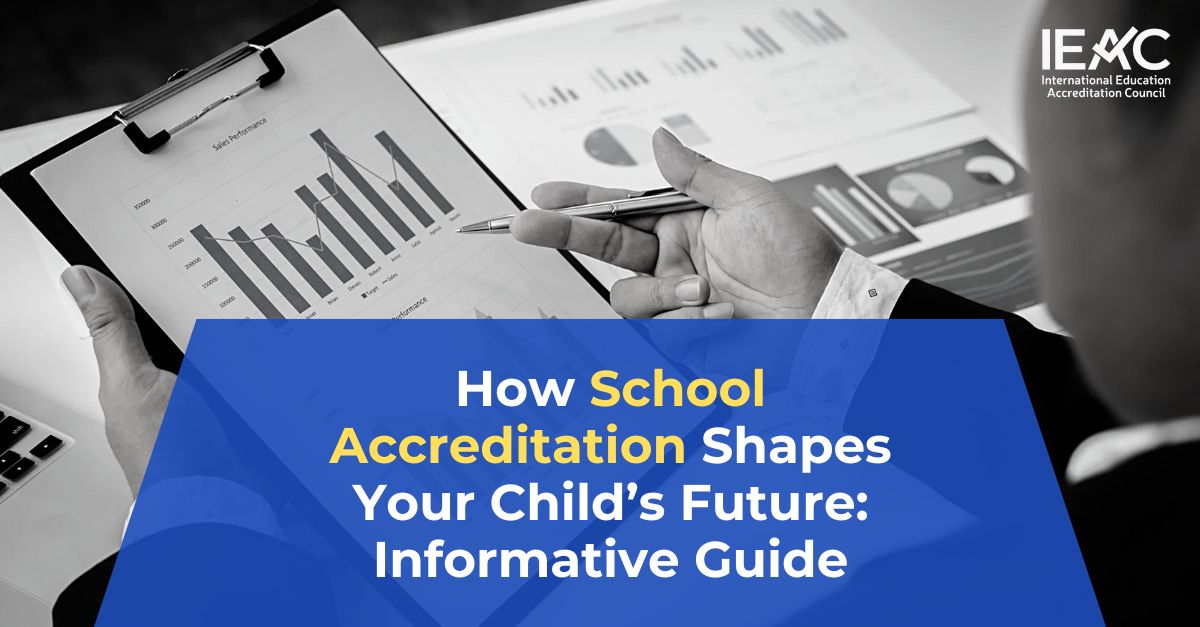- Home
- About IEAC
- Accreditation
- University Accreditation
- College Accreditation
- Online Institution Accreditation
- School Accreditation
- University Recruitment Agency Accreditation
- Programmatic Accreditation
- Teacher/ Lecturer Accreditation
- Religious Institutes Accreditation
- Affiliate Accreditation
- Research Accreditation Candidacy Accreditation
- IEAC Membership
- Institutions Accredited
- Accreditation Process
- Contact Us Webinar Apply Now
Blog
How to Choose the Right Cloud Partner for Higher Education: An IEAC Perspective
Lorem ipsum dolor sit amet, consectetur adipiscing elit, sed do eiusmod tempor incididunt ut labore et dolore magna aliqua. Quis ipsum suspendisse ultrices gravida. Risus commodo viverra maecenas accumsan lacus vel facilisis.
.jpg)
How to Choose the Right Cloud Partner for Higher Education: An IEAC Perspective
In today's digital-first education landscape, moving to the cloud isn’t just an upgrade—it’s a necessity. Universities and colleges worldwide are migrating to cloud platforms to enhance learning experiences, streamline operations, and ensure accessibility. However, choosing the wrong cloud partner can lead to compliance issues, security vulnerabilities, and scalability bottlenecks.
This is where informed decision-making becomes critical—and organizations like the International Education Accreditation Council (IEAC) play a pivotal role in guiding institutions toward trusted cloud solutions aligned with global standards.
- Data Security and Compliance
Higher education institutions deal with sensitive data—student records, research materials, financial documents. Ensuring robust data protection, GDPR compliance (or similar local regulations), and end-to-end encryption is non-negotiable.
What to check?
- Certifications
- Encryption protocols
- Regional compliance support
How IEAC helps?
IEAC evaluates whether institutions' cloud partners meet international data protection norms, helping institutions remain audit-ready and compliant with accreditation standards.
2. Scalability and Performance
With growing digital campuses, institutions need platforms that scale on demand—whether it's supporting thousands of simultaneous users or expanding storage for high-volume research.
What to check?
- Auto-scaling features
- Performance during peak usage
- Global data center availability
IEAC’s role
IEAC ensures that accredited institutions work with cloud partners capable of handling academic growth without sacrificing performance.
3. Integration and Interoperability
A strong cloud partner should allow seamless integration with Learning Management Systems (LMS), Student Information Systems (SIS), and other digital tools.
What to check?
- APIs and middleware compatibility
- Pre-built connectors
- Support for third-party apps
IEAC’s role:
IEAC promotes interoperability in its tech evaluation frameworks, helping institutions choose partners that support cohesive digital ecosystems.
4. Support and Training
An ideal partner offers 24/7 technical support, clear Service Level Agreements (SLAs), and faculty/staff training to ensure smooth adoption.
What to check?
- Onboarding resources
- Uptime guarantees
- Tiered support plans
IEAC advantage:
IEAC works closely with institutions to assess the support structures of their tech vendors, ensuring long-term usability and adoption across departments.
5. Cost-Effectiveness and Transparency
Cost remains a primary concern. The right partner provides flexible pricing, no hidden fees, and ROI-aligned services.
What to check?
- Transparent pricing models
- Pay-as-you-go options
- Educational discounts
IEAC involvement:
IEAC helps institutions evaluate Total Cost of Ownership (TCO) and return on technology investment—part of its quality assurance frameworks.
6. Innovation and Future-Readiness
The best cloud partners don’t just meet current needs—they help institutions prepare for emerging technologies like AI, blockchain for credentialing, and virtual labs.
What to check?
- Investment in R&D
- Early access to innovations
- Custom solutions for education
IEAC’s insight:
In the rapidly evolving landscape of higher education, selecting the right cloud partner is no longer optional—it’s strategic. Institutions that align their cloud strategy with clearly defined goals and trusted evaluation frameworks stand to gain in terms of performance, credibility, and long-term success.
This is where IEAC (International Education Accreditation Council) plays a vital role. By supporting institutions in making informed, globally aligned technology choices, IEAC ensures that the cloud solutions adopted are not only technically sound but also aligned with international accreditation and quality standards. IEAC’s guidance can help you choose cloud partners that empower growth, compliance, and innovation.




.jpg)

